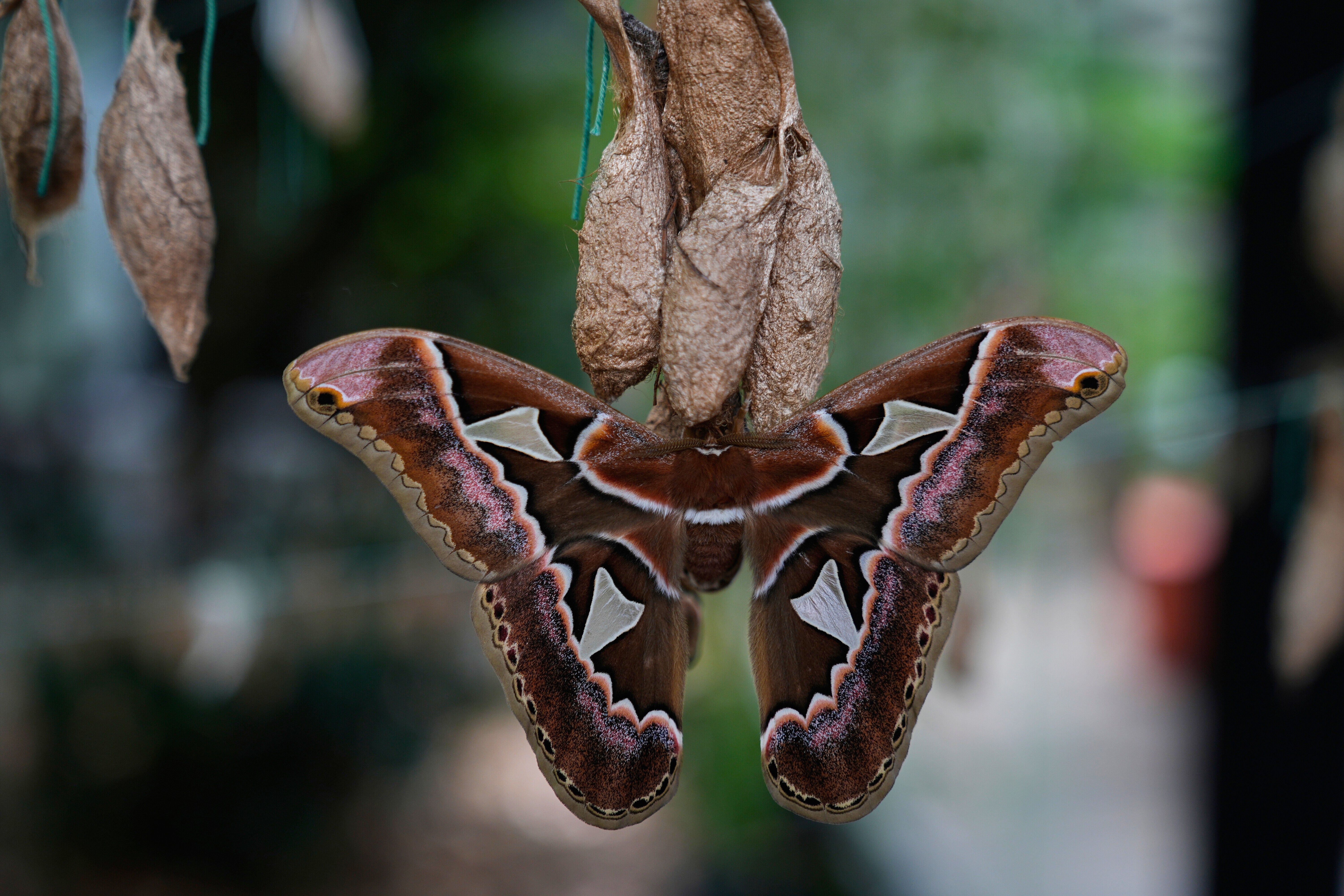A pair of large moths, which are the size of a human hand, were recently observed mating just hours after hatching at the Museum of Natural History and Environmental Culture in Mexico City.
Known locally as "four mirrors" moths, or scientifically as Rothschildia orizaba, their successful mating is a testament to the museum's conservation efforts.
Their wings are adorned with a mosaic of brown and pink around four translucent sections and are a sight to behold.
María Eugenia Díaz Batres, who has dedicated nearly six decades to caring for insects at the museum, expressed her delight at witnessing the event. "When I get here and find this, I jump with delight," she said.
The museum rescued 2,600 cocoons from an empty lot, and the moths' emergence and mating indicate the project's success.
These moths, whose population has declined in Mexico City due to increasing urbanisation, hold cultural significance in the region, making their preservation all the more critical.
Díaz Batres said: “The Aztecs called them the ‘butterfly of obsidian knives,’ Itzpapalotl. And in northern Mexico they'd fill many of these cocoons with little stones and put them on their ankles for dances.”

These cocoons arrived at the museum in late December.
“They gave them to us in a bag and in a box, all squeezed together with branches and leaves, so my first mission was to take them out, clean them,” Díaz Batres said.
Mercedes Jiménez, director of the museum in the capital's Chapultepec park, said that’s when the real adventure began, since they had never received anything like this before.
Díaz Batres had the cocoons hung in any place she thought they might do well, including her office where they hang from lines crisscrossing above her table. It has allowed her to watch each stage of their development closely.
The moths only survive for a week or two as adults, but they give Díaz Batres tremendous satisfaction, especially when she arrives at her office and new moths “are at the door, on the computer."
So she tries to help them “complete their mission” and little by little their species recovers.

 3 days ago
7
3 days ago
7









